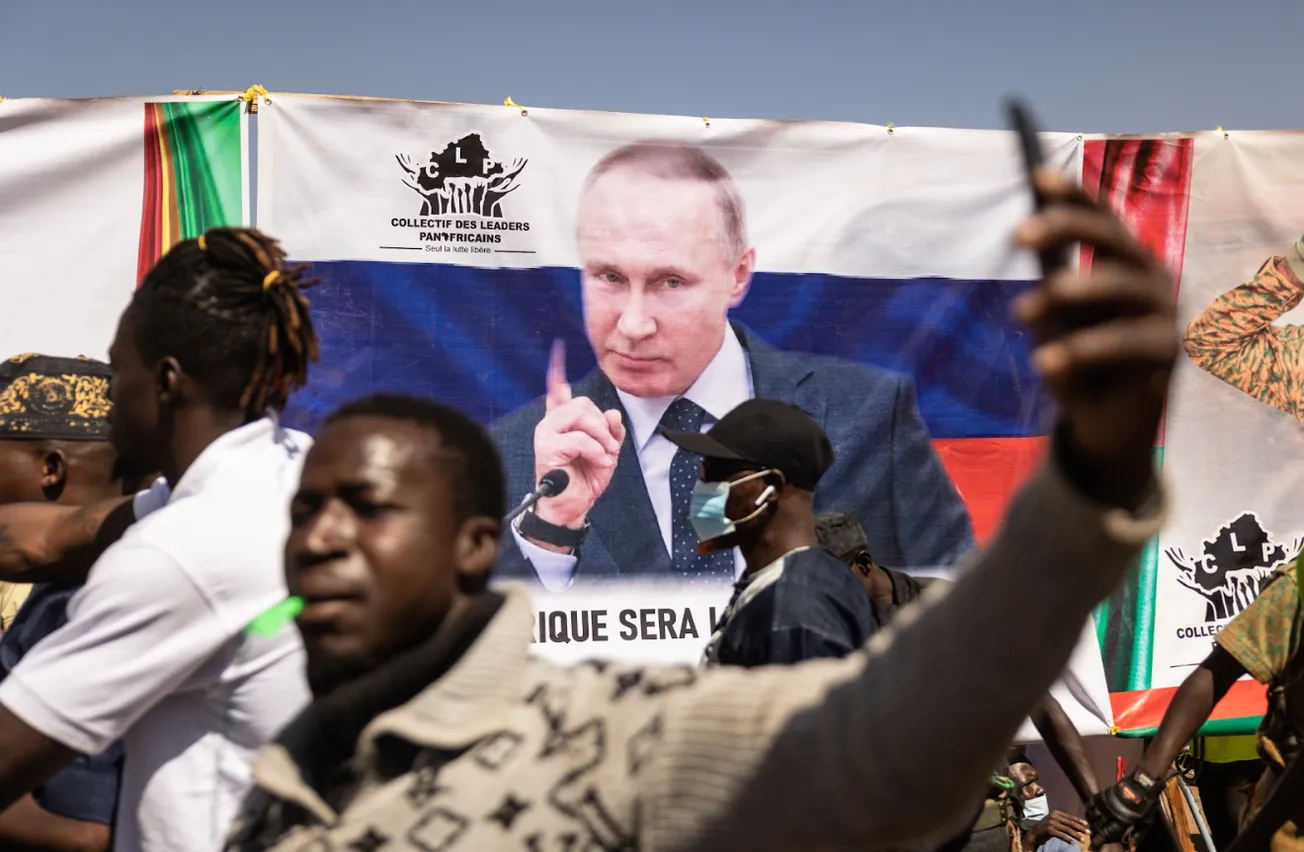Table of Contents
The debate over open information sharing has been sparked by a host of developments, namely the activity of WikiLeaks, an international non-profit organization that specializes in document disclosure.
On November 28, 2010, WikiLeaks released a number of United States diplomatic cables, classified documents containing correspondence between the State Department and its international diplomatic missions. The site posted the first 220 of 251,287 documents that immediately garnered coverage from five major international newspapers, including The New York Times.
But first, some background: In 2005, Chinese journalist Shi Tao was sentenced to 10 years in prison after he published an email from Chinese officials about the anniversary of the Tiananmen Square massacre. Across the globe, concerned citizens lamented journalists’ inability to speak the truth without fear of oppressive governments. And thus WikiLeaks was born, providing anonymity and thus protection to suppliers of information. The site was launched in December 2006 by Chinese dissidents and assorted other journalists and startup technologists.
Originally, WikiLeaks was created quite literally in Wikipedia’s image. Users could post information and edit it in a wiki forum that possessed an interface nearly identical to that of Wikipedia. In fact, a statement on its 2008 webpage boasted, “What Wikipedia is to the encyclopedia, Wikileaks is to leaks.”
WikiLeaks was successful. It uncovered a number of international scandals and had over 1,200 registered volunteers by June 2009. It epitomized a system of democratic, open information sharing that protected its contributors. In 2008, The Economist gave WikiLeaks its New Media Award. In 2009, Amnesty International bestowed to it the UK Media Award.
But at the end of 2009, WikiLeaks changed its policies—it abolished the Wikipedia model. Today, one may find on its official website the following statement: “Unlike Wikipedia, random readers cannot edit our source documents.”
Instead, users now deposit information in an electronic drop box, the contents of which are screened for publication. Who reviews the submissions and decides what to publish and when to publish it? The selection committee, which remains anonymous, is likely comprised of but a few people led by Julian Assange, director of the site.
The transformation of WikiLeaks from a completely user-generated and governed forum to a secretive and perhaps autocratic organization is worrisome regardless of the supposedly unchanging intentions of the site.
I support the concept of open information sharing, but I question the nature of its implementation. Rather than frame a discussion about WikiLeaks as a discussion about censorship versus freedom of speech, examine the various ways in which information can be shared openly.
I urge the reader to ask why WikiLeaks abandoned its Wikipedia-like approach to information sharing. And as the debate about WikiLeaks escalates to a theoretical level, ask yourself whether you necessarily have to defend WikiLeaks if you defend freedom of speech. If you criticize WikiLeaks, are you supporting censorship?
Some methods of information sharing are more truly open than others. When Julian Assange and a core group of employees have the sole say in what reaches the site and when—and thus in what reaches the media and when—the information sharing is not open.
So what is the best way? OpenLeaks, whose creation was announced in December 2010, attempts to correct the flaws of WikiLeaks. Daniel Domscheit-Berg, a former German spokesman for WikiLeaks, is forming the new site. According to initial statements, he intends OpenLeaks to pass information directly to the press instead of acting as a publisher itself. He also stresses that OpenLeaks will have a large, democratic selection committee.
This system will certainly protect the anonymity of sources while leaving the media to decide what information is published. Is it an ideal model of open information sharing? Perhaps. But as society further explores the intersection between technology and moral issues, perhaps this experimentation is necessary.
What might the U.S. diplomatic cable leakage have looked like on the old WikiLeaks? The anonymous possessor of the cables would have uploaded them to the site himself. Assange would probably have made a public statement to the media directing them to the cables. In both this scenario and that of reality, the media ultimately obtained the information. If the result is the same, true openness does little to hinder the stated mission of WikiLeaks.




